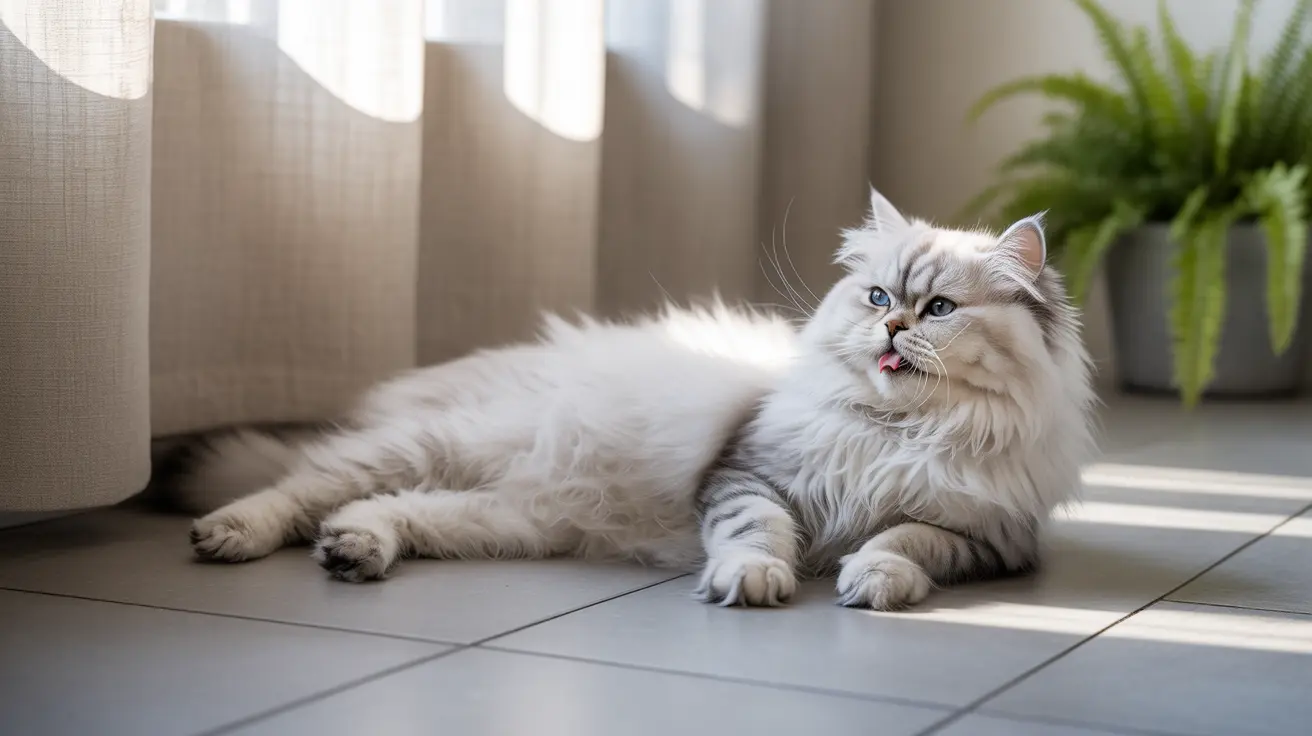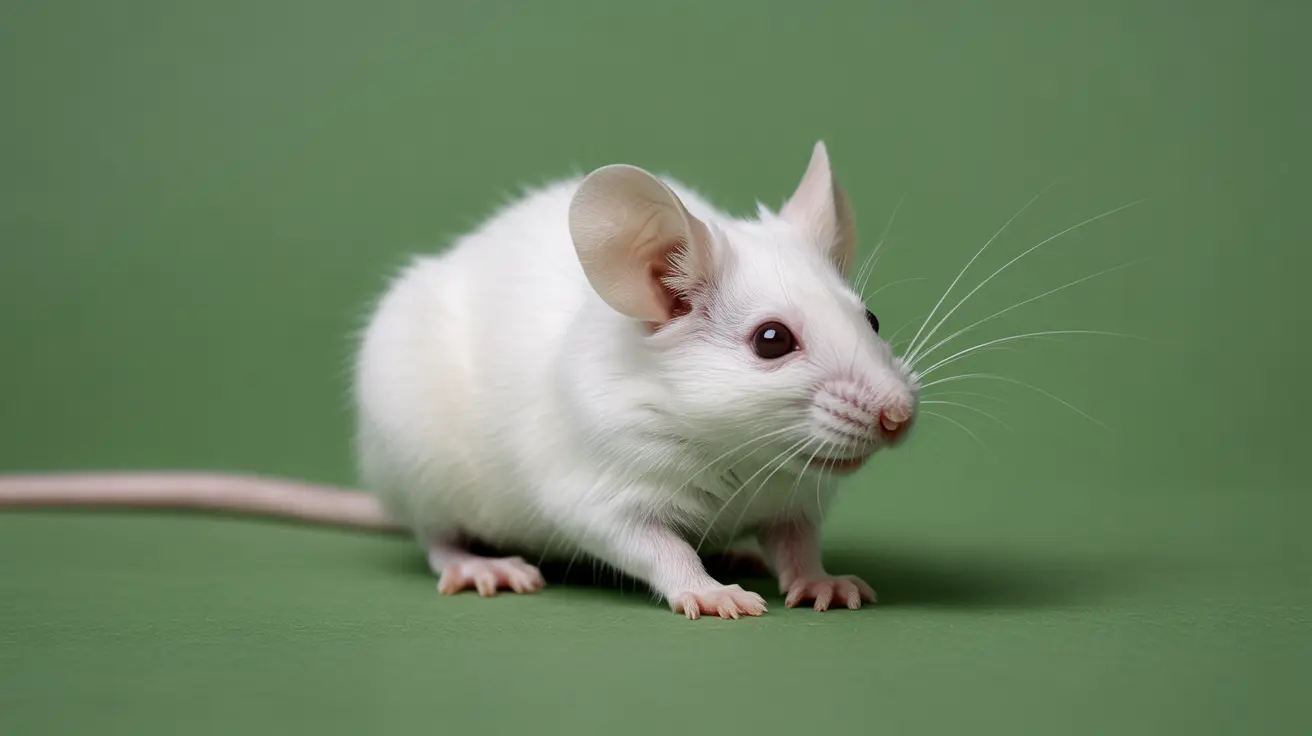Effective Ways to Eliminate Dog Urine Odor in Your Home
Dealing with dog urine odors at home can be challenging, especially when accidents occur on carpets, hardwood, furniture, or upholstery. If not cleaned promptly and thoroughly, the smell not only lingers but may encourage your dog to revisit the same spot. Thankfully, there are effective methods to eliminate the stench of dog urine and prevent repeat accidents.
Understanding Why Dog Urine Smells
Dog urine contains a combination of ammonia, bacteria, and pheromones. These pheromones signal to the dog that it’s an appropriate place to urinate again, which can lead to repeat offenses if not cleaned properly. As urine breaks down, it releases strong-smelling ammonia, which intensifies over time and contributes to long-lasting odor.
Quick Steps for Fresh Stains
- Blot the urine immediately using absorbent or paper towels. Press firmly to remove as much liquid as possible, but avoid rubbing, as this can spread the urine.
- Use an enzymatic cleaner specifically designed for pet urine. These cleaners break down the proteins in urine that cause odor and staining. Apply generously, let it sit for at least 15 minutes, then blot dry.
- Create a vinegar solution with equal parts water and vinegar. Apply to the area, scrub gently, and then let it sit for 5–10 minutes. While wet, sprinkle with baking soda, then reapply a small amount of the vinegar solution. The mixture will fizz as it neutralizes odors. Let dry and vacuum thoroughly.
Handling Old or Persistent Odors
- Use hydrogen peroxide carefully: Mix 1 part hydrogen peroxide with 2 parts vinegar-water solution. Apply cautiously and test on an inconspicuous area first, especially on carpets or rugs prone to discoloration.
- Use wet-dry vacuums for larger or older stains: These machines can help extract deeply embedded urine. For severe contamination, professional cleaning may be required.
Cleaning Different Surfaces
Carpets & Upholstery:
- Follow the blot-vinegar-baking soda method described above.
- Always test cleaning solutions on hidden fibers first.
Hardwood & Tile Floors:
- Blot immediately to prevent seepage.
- Use odor-neutralizing enzyme cleaners safe for wood; avoid over-wetting wood.
- Dry thoroughly to avoid moisture damage. Deep odors may need sanding/refinishing.
Vinyl, Laminate, or Waterproof Floors:
- Check under planks if moisture has leaked. Clean beneath if needed.
- Use diluted bleach only after thoroughly blotting, and never mix it with vinegar. Ventilate well.
Launderables (dog beds, blankets, etc.):
- Launder with detergent and an enzymatic booster.
- Run an extra rinse cycle for stubborn odors.
Grout & Porous Surfaces:
- Use vinegar or enzyme cleaner. Let sit, scrub gently, rinse completely.
Couches & Mattresses:
- Blot then apply enzymatic cleaner. Use wet/dry vacuum and allow to dry thoroughly.
DIY Cleaning Solutions Summary
- Vinegar & water (1:1) neutralizes fresh urine stains.
- Baking soda absorbs and removes odors.
- Enzymatic cleaners break down urine proteins and stop repeat marking behavior.
Preventing Future Accidents
- Train your pet consistently using positive reinforcement.
- Eliminate odor completely to deter recurrence—use a blacklight to find hidden stains.
- Use pee pads for older dogs or those still learning.
- Visit the vet to rule out underlying medical issues like UTIs or diabetes for frequent accidents.
Extra Tips for Success
- Test cleaners on hidden spots to avoid damage.
- Never mix cleaning agents like bleach and vinegar (toxic fumes!).
- Vacuum regularly to reduce allergens and odor buildup.
- Professional cleaning may be necessary for deeply penetrated smells.
A combination of quick action, the right cleaning products, and proper training is key to keeping your home free of persistent dog urine smells. With patience and consistency, your home can stay clean and fresh—even with furry companions.





